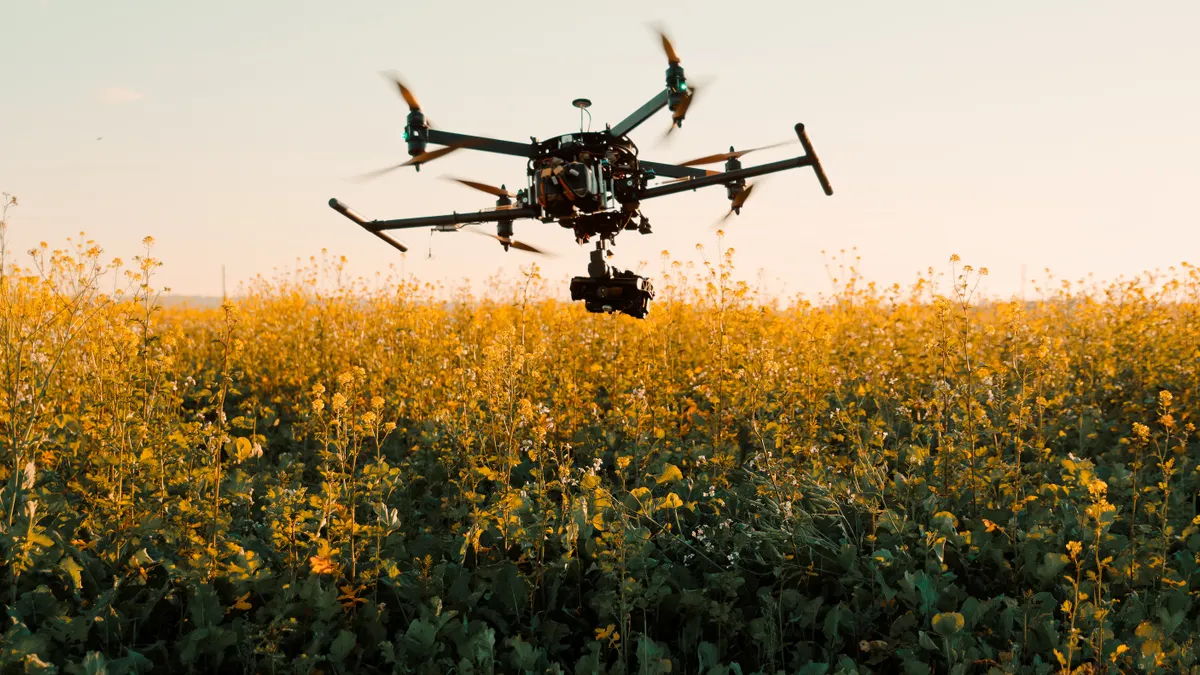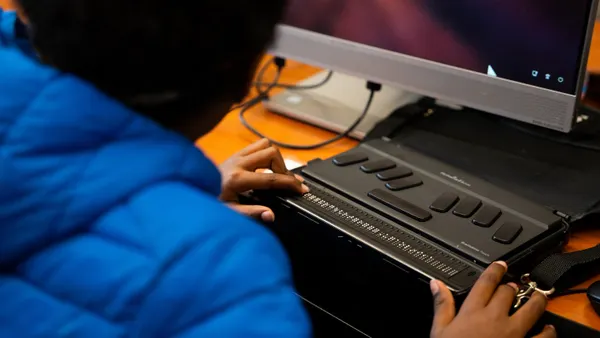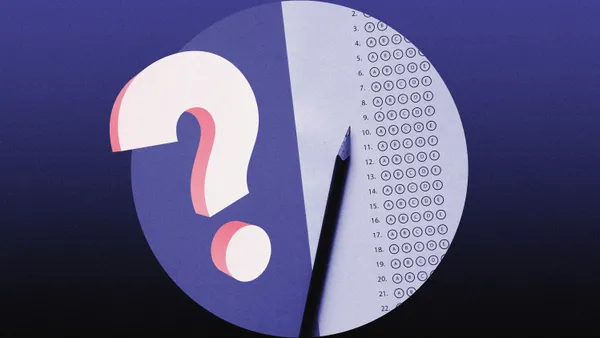Dive Brief:
- Learning how to use a drone can help students develop hands-on STEM skills such as programming while also fostering interpersonal skills like collaboration and resilience, experts said.
- However, for these programs to be sustainable at the middle and high school levels, educators must ensure they connect drone usage to real-world scenarios, collaborate with local business and government agencies, and make the curriculum engaging beyond the first year of instruction, educators said.
- “Drones are used in so many industries now. It's no longer just trying to build a robot arm, they’re being used in police work, agriculture, space, construction work, etc.,” said Louann Cormier, senior program manager of aerial drone competition at the Robotics Education & Competition Foundation. She encourages educators to simply “take the leap” if they are interested in incorporating drones into their classrooms.
Dive Insight:
For a sustainable and effective drone program, educators need to connect with students and demonstrate that this technology can be applied in the real world, said David Thesenga, a middle school science teacher at Dawson School, a private school in Colorado.
Cormier noted how learning with drones can open students' eyes to pathways they hadn't considered before.
“There's so many industries where [students] don't think of STEM or they don't think of technology, but now all of a sudden they do, and it just opened up opportunities to them,” said Cormier. “The more that you can connect with them on their own interest levels or something that they find fascinating, that's your entry point.”
Drones can be an expensive undertaking, Thesenga said, but schools don't need to buy top-of-the-line drones. It's actually about balance, explained Cormier, because cheap drones are not a great option either — they tend to break more easily and have function issues.
Cormier encourages districts to start with an entry-level educational drone, because they are safe and don’t require any sort of certification to use. A sustainable drone program also requires a good teacher or coach who's invested in it, who's going to stick around for a while and think about how this is done, Thesenga said
Going beyond the classroom and training students for drone competitions can also make the program more sustainable long-term. Students not only get excited, but it also gives them something to strive for, Cormier said.
Competitions also help educators give a focus to instruction. For beginning educators who may not know what to cover, the competition aspect includes specific tasks, and the curriculum aligns with what they'll be judged on. It provides a pathway to start, and from there, educators become more confident and comfortable and can progress into instructing on other areas of the drone industry.
A sustainable drone program also needs to keep students engaged as they progress through the different school levels, said Jenn DeBarge-Goonan, executive vice president of communications for Rocket Social Impact, which works with companies and nonprofits to develop social impact programs.
DeBarge-Goonan said that making sure there's a new challenge each year as the program evolves ensures that a student in year three is not doing the same thing they did in years one and two.
There are several ways to fund these programs, Thesenga and Cormier noted. When looking at grants, Thesenga highlighted that they are often not specifically drone-related. However, schools can fund drone programs through general classroom grants or education tech grants.
Cormier recommends reaching out to local organizations that utilize drones, as they are typically invested in the expansion of drone usage and need people in their labor pipeline.













